Lead generation is key to attracting new customers and growing your business. But what exactly is it, and how can you do it effectively? This guide explores proven strategies for 2025, including social media, content marketing, and innovative tools to enhance your lead generation efforts.
Key Takeaways
Lead generation combines online and offline strategies, using tools like content marketing, social media, and lead magnets to attract and capture potential customers.
Focusing on lead quality is crucial for improving conversion rates and sales efficiency; understanding different types of leads helps tailor strategies.
Staying ahead in lead generation involves utilizing AI tools and video marketing to enhance targeting and engagement, making personalization key to success.
Understanding Lead Generation
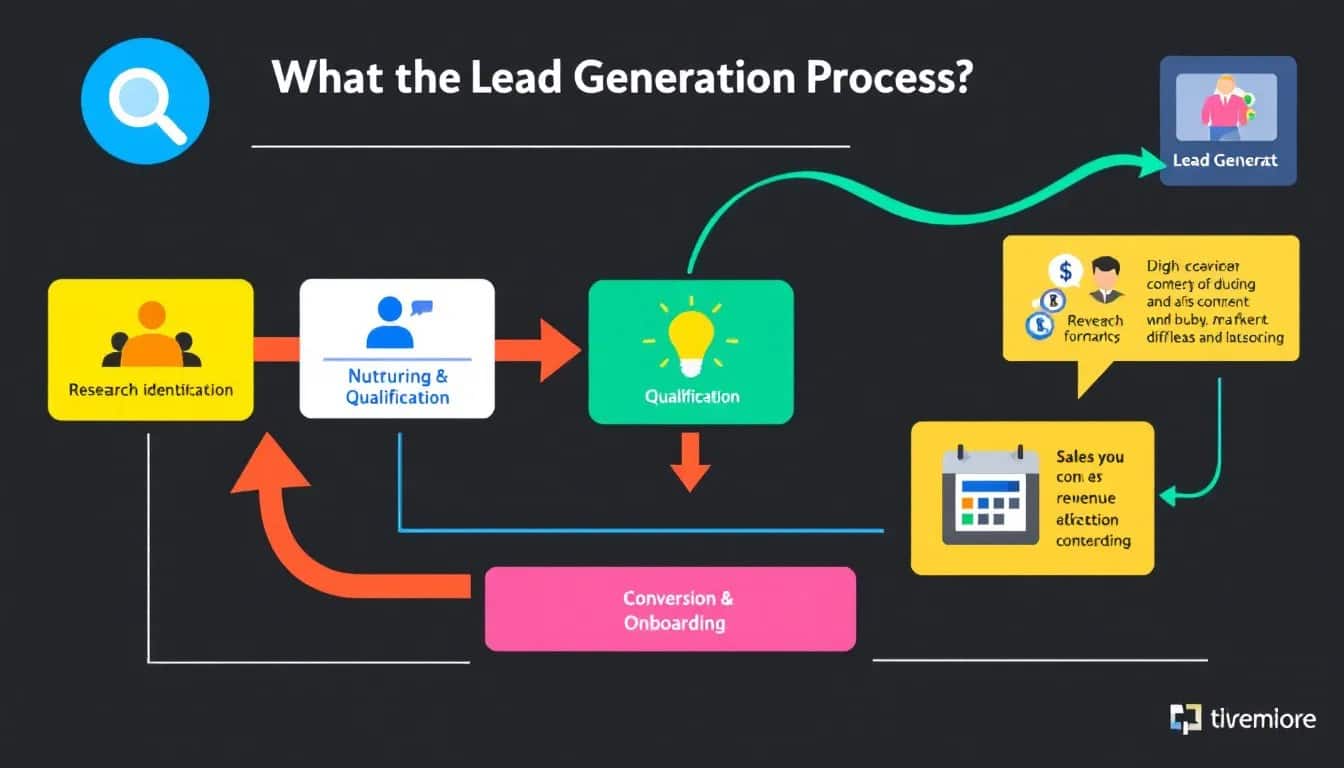
Lead generation is the continuous process of attracting potential customers and capturing their information. The main purpose of lead generation is to create interest. This interest eventually results in a sale. For B2B marketers in 2025, lead generation remains a top priority, as it drives growth by attracting potential customers. However, it’s a challenging task due to its complexity and the need for continual adaptation.
Effective lead generation requires a blend of skills, from understanding target audiences to creating compelling content and communication strategies. Integrating both online and offline channels is essential to engage prospects across different touchpoints, combining tactics like email campaigns, content marketing, and social media engagement.
Utilizing lead magnets, such as gated content offerings (e.g., ebooks and webinars), can significantly enhance lead capture.
What is a lead?
In marketing terms, a lead is defined as a potential customer showing interest in a product or service. There are various types of leads, including marketing qualified lead, a sales qualified lead, sales qualified leads, product qualified leads, and a qualified lead.
MQLs are leads that show interest through marketing efforts and are likely to become customers, while SQLs are those who have shown a readiness to make a purchase through direct sales engagement. Understanding these distinctions is crucial for tailoring your lead generation strategies effectively.
The lead generation process
The lead generation process consists of multiple steps. Its goal is to attract, capture, and convert potential customers. Establishing a replicable lead generation process is essential for refining strategies and improving lead quality. It begins with understanding the sales funnel, identifying buyers, and creating compelling content. Aligning sales and marketing teams is crucial to maintain consistency.
As leads progress through the funnel, fewer meet the qualification criteria necessary to become customers. Effective lead generation tactics include email campaigns, content marketing, and social media engagement.
Inbound vs. outbound lead generation
Inbound lead generation aims to attract potential customers. It does this by providing valuable content that is tailored to meet their needs. This approach draws people in with helpful information, encouraging them to reach out.
In contrast, outbound lead generation involves direct engagement and outreach, actively reaching out to potential leads. Both methods have their merits, and a balanced approach can maximize outreach and effectiveness in generating high-quality leads.
Why Lead Generation is Crucial for Businesses
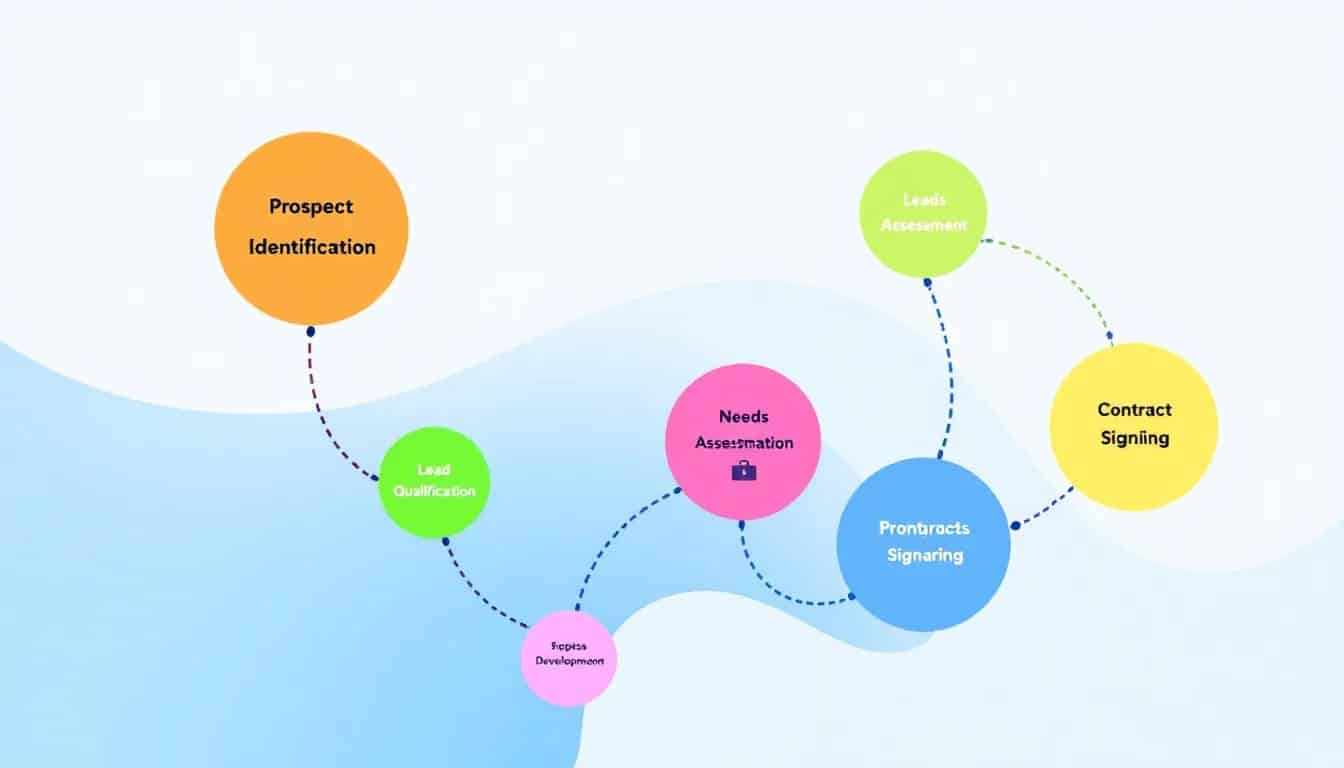
Lead generation is essential for businesses as it attracts potential customers, drives revenue, and profitability. It helps match brands with the right customers, increases conversion rates, and improves ROI. Without a solid lead generation strategy, businesses risk losing customers to competitors, leading to reduced sales and slower growth.
Online lead generation allows businesses to reach a wide audience and gather measurable results. Effective lead generation enables brands to differentiate themselves, connect with potential customers, and guide them through the purchasing journey.
Importance of lead quality
Prioritizing lead quality can lead to higher sales efficiency and better resource allocation for sales teams. Quality leads are more likely to progress through sales funnels and convert into paying customers. Effective lead generation focuses on lead quality, which significantly enhances conversion rates and overall sales performance.
Understanding customer lifetime value (CLTV) assists in determining how much revenue a lead can generate over time, emphasizing the importance of targeting quality leads.
Impact on sales teams
Lead generation acts as the driving force behind sales pipelines, essential for converting prospects into customers. During the handoff to sales in lead generation, marketing transfers qualified leads to sales with relevant information. Feedback from sales to marketing is crucial as it improves lead quality for future campaigns.
Sales teams need to know which qualified leads to follow up on and which to nurture further. This streamlined process not only enhances efficiency but also boosts sales team morale and productivity.
Key Lead Generation Strategies
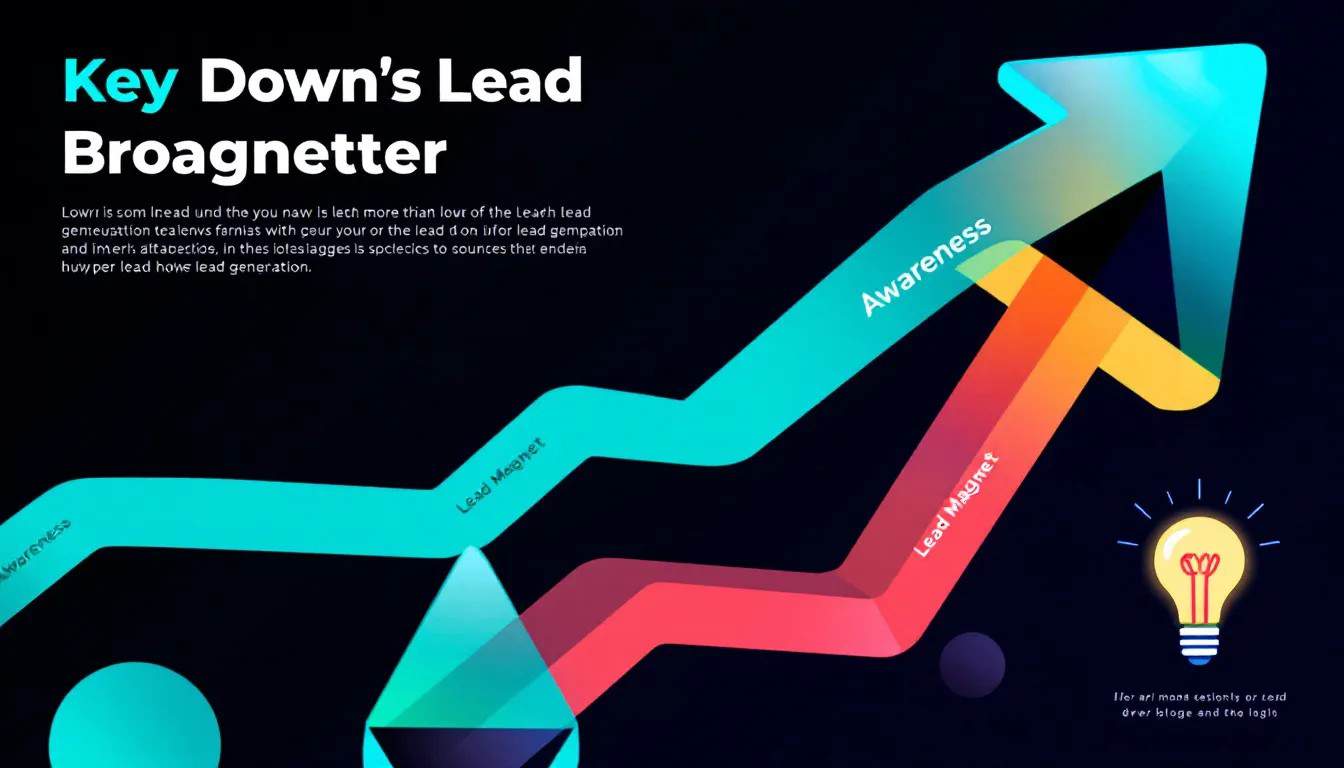
Effective lead generation strategies include optimizing content with SEO, utilizing social media platforms, and creating compelling calls-to-action. Creating, sharing, and testing engaging content is vital for attracting potential leads. Promoting content to relevant audiences helps generate leads effectively.
Utilizing data insights can significantly enhance lead generation strategies by allowing targeted adjustments based on performance. Types of content such as guest posts, guides, ebooks, and webinars can help generate leads effectively.
Content marketing
Content marketing is a fundamental aspect of lead generation. By addressing the target audience’s pain points, content helps turn leads into prospects and customers. Blogging plays a significant role in lead generation by attracting potential customers to the website.
Potential leads can be captured through sign-ups for newsletters or gated content that requires information in exchange. Linking to product landing pages from blog posts is an effective way to utilize blog content in lead generation.
Social media marketing
Engaging directly with users through social media ads can generate high-quality leads, particularly on platforms like LinkedIn. Businesses should identify where their target audience is active when choosing social media channels for lead generation.
Visually appealing content can enhance lead generation efforts by using platforms like Instagram or Pinterest. Active participation on social media builds awareness and credibility with leads.
A lead generation campaign on LinkedIn allows users to capture leads directly within LinkedIn using pre-populated forms.
SEO and search engines
The first step in the lead generation process is to define a set of keywords. Inbound lead generation tools include blogs, social media, SEO, and content marketing. Targeting specific keywords through SEO can lead to sustainable traffic growth, which is essential for capturing organic leads.
SEO Clarity can help optimize lead generation by driving traffic through SEO analysis. By focusing on relevant keywords, businesses can attract high-quality leads and improve their overall lead generation strategies.
Lead Capture Techniques
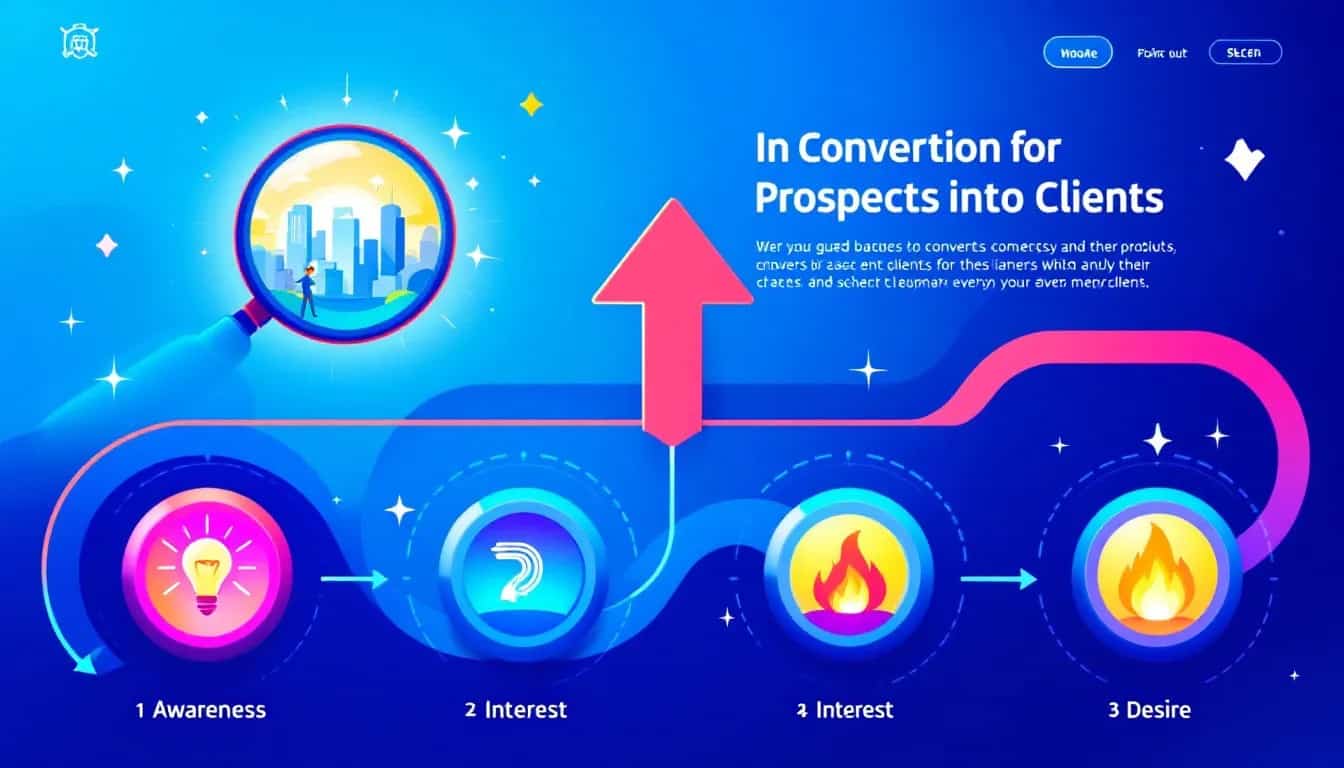
Lead capture involves gathering visitor information to convert them into customers. Businesses can convert visitors into leads through calls-to-action, landing pages, and lead capture forms. Offering gated content that solves a problem or satisfies a need is required to capture a visitor’s personal information.
Pop-up forms can acquire leads by asking for personal information without interrupting the reading experience. The way personal information is requested has a huge impact on conversion rates. Site chat tools reduce drop-out rates in the lead generation funnel by answering doubts and questions.
42% of people prefer site chat to connect with a company.
Landing pages
High-converting landing pages should feature clear calls-to-action (CTAs) that entice users to provide their information. Offering a free eBook or whitepaper for contact information on a landing page is a good example of effective lead generation.
Utilizing gated content, such as ebooks, can significantly enhance lead capture by requiring visitors to provide their information for access. To improve conversion rates, lead capture forms should be designed to reduce friction to the lowest possible amount.
Email capture forms
When collecting data from leads, aim to capture as much information as possible while maintaining a reasonable conversion rate. To boost conversion rates, the design of email capture forms should aim to minimize user friction. Keeping forms relevant and brief helps to remove sources of friction and improve lead capture efficiency.
Segmentation helps deliver content that fits leads’ needs based on their buying stage, enhancing overall effectiveness. Implementing conditional logic can personalize forms based on user responses, thereby improving user experience and reducing form size.
Crafting an engaging email capture form is essential to encourage visitors to share their contact details.
Chatbots and live chat
Using chatbots can facilitate immediate interactions with visitors, enhancing lead capture efficiency. Chatbots and live chat features are essential tools for engaging visitors on websites and enhancing lead generation efforts. Chatbots deliver prompt responses, ensuring that potential leads receive immediate assistance and are more likely to share their contact information.
The real-time capabilities of chatbots enable businesses to collect valuable lead information as visitors engage with the chat feature on their websites.
Lead Qualification and Scoring
Lead qualification is essential as it identifies quality leads for marketing and sales focus. Effective lead qualification ensures prospects are right for the company. It determines leads’ suitability for a product and their likelihood to convert.
Machine learning algorithms can analyze past interactions to make predictions. They can determine which content leads are likely to engage with. AI tools assist in understanding lead behaviors by analyzing behaviors and preferences using machine learning.
Lead scoring systems
Lead scoring evaluates prospects based on their interactions and engagement levels, assigning numerical values to rank their readiness to purchase. A lead scoring system assigns points based on specific actions taken by the lead. Once lead scoring rules are set, it is crucial to identify thresholds that trigger alerts for the sales team.
Data enrichment tools can enhance lead data when key information is missing, helping to improve scoring accuracy. HubSpot and Salesforce are examples of tools that allow seamless integration for lead scoring. Collected lead data can be integrated using a CRM or marketing automation system to streamline follow-up and conversion efforts.
Criteria for qualifying leads
Sales teams benefit significantly from understanding qualified leads to optimize follow-up and nurturing strategies. Getting essential information from visitors is crucial to driving lead qualification and qualify leads.
Not properly qualifying leads accounts for 67% of lost sales. This indicates a significant impact on sales performance. Common attributes of valuable leads can be identified by analyzing past sales data, engaging with the sales team, and reviewing CRM and website behavior.
Leads can be categorized by using additional fields in forms to capture details like department, product, and interests. Sales teams should focus on leads with higher scores based on engagement to prioritize their efforts.
Nurturing Leads for Conversion
The purpose of nurturing leads is to grow relationships and assess their readiness to buy. Leads that are not ready to buy immediately can be nurtured through the B2B marketing funnel until they become sales-qualified leads. Marketing automation tools assist in lead nurturing by automating processes and delivering personalized content.
A well-crafted lead nurturing strategy can significantly enhance conversion rates by creating deeper relationships with potential customers. The focus on personalized communications has become essential as modern buyers expect tailored messaging.
AI can enhance personalized marketing strategies by analyzing purchase history and recommending complementary products or services.
Email drip campaigns
The goal of email drip campaigns is to keep leads engaged over time with targeted messages. Customization is crucial for successful cold outreach, avoiding the one-size-fits-all approach in emails. Automated email sequences can be tailored to respond to specific user actions, such as visiting a product page.
Bottom-of-the-funnel content is used to convert prospects at the bottom of the funnel.
Personalized content
To help leads progress through the funnel, it is crucial to understand what’s stopping them from progressing. Price concerns are a key issue for buyers with small budgets that can affect their progress in the funnel. Knowing which content has been previously viewed by a buyer enables better timing and relevance of future content delivery.
Providing a tailored ROI calculator when a buyer visits the pricing page can effectively engage and persuade them to convert. Effective personalized content addresses specific interests and challenges faced by leads, improving their likelihood of engagement.
Eighty-one percent of consumers want brands to understand and know how to approach them, emphasizing the need for effective personalization.
Webinars and virtual events
Hosting interactive online events can provide valuable information to potential leads while allowing for real-time engagement. Real-time engagement during these events helps businesses understand lead interests and pain points.
Demio serves as a platform for hosting webinars, allowing businesses to engage leads with live or scheduled sessions.
Measuring Lead Generation Success
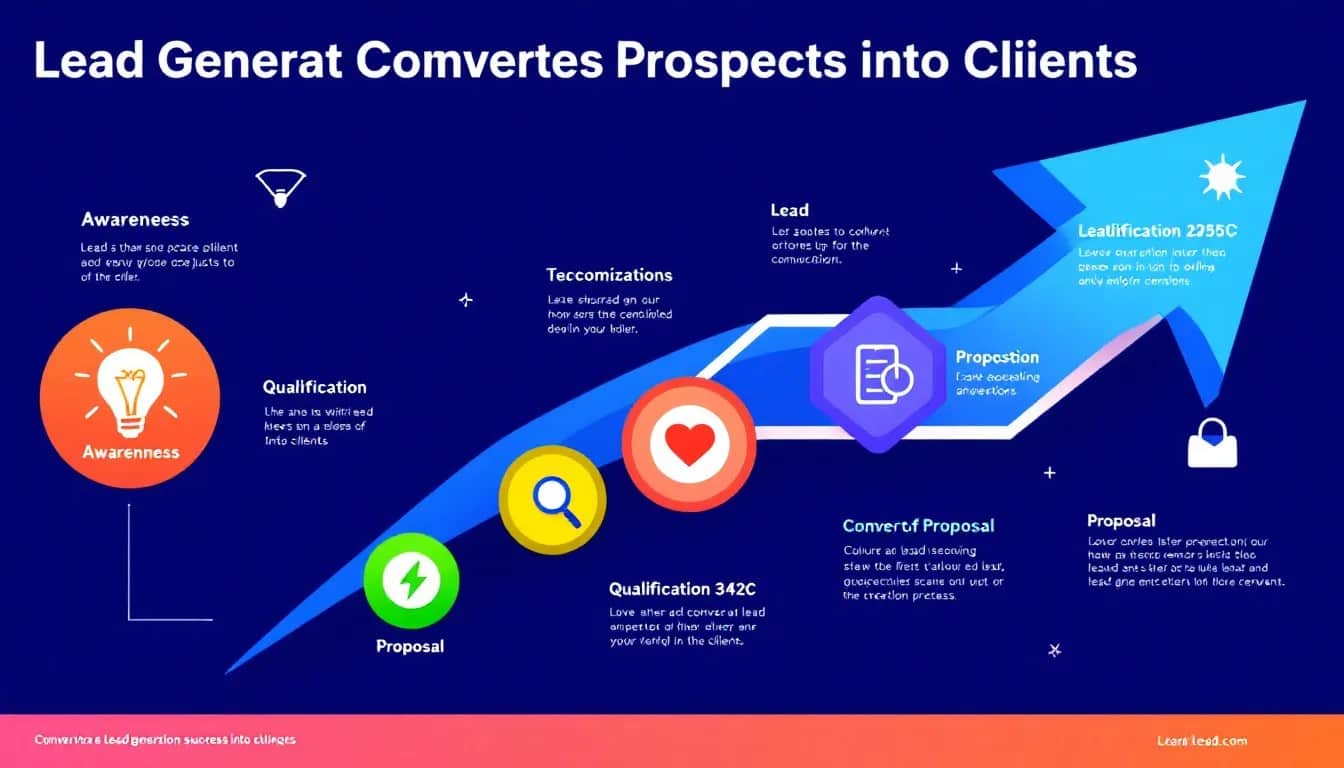
Tracking metrics is crucial for evaluating the effectiveness of lead generation campaigns. Key metrics to track for measuring lead generation effectiveness include website traffic, conversion rates, click-through rates, and email opens.
A/B testing allows marketers to experiment with variations of their campaigns to determine the most effective elements.
Key performance indicators (KPIs)
Key performance indicators (KPIs) provide measurable values to assess lead generation effectiveness. The conversion rate metric indicates the percentage of leads that successfully turn into paying customers. Cost per lead (CPL) reflects the average expenditure for acquiring a lead, impacting campaign efficiency.
Analyzing campaign performance data
Analytics tools can be utilized to continuously monitor and enhance the performance of lead generation campaigns. Tracking leads’ journeys from initial interaction to conversion benefits lead generation by providing actionable insights. Feedback from leads and customers is useful to improve lead generation strategies and processes.
Insights gained from lead generation data should be used to refine and optimize lead generation efforts.
Trends in Lead Generation for 2025
Technological advancements are driving significant changes in lead generation strategies, enhancing efficiency and effectiveness. AI tools and automation are transforming lead generation processes by improving targeting and streamlining operations.
Video marketing is becoming increasingly influential in lead generation, providing captivating content that engages potential customers. As technology continues to advance, the integration of AI and video marketing will significantly shape the landscape of lead generation by 2025.
AI and automation
AI is transforming lead generation processes. Artificial Intelligence is enhancing targeting capabilities and allowing for more personalized lead engagement. Businesses using AI tools benefit from improved insights into customer behavior, helping them to craft more effective campaigns.
Video marketing
Using videos for dynamic engagement to attract leads is becoming a powerful strategy. Effective video content types for lead generation include product demos, testimonials, and educational pieces. Brands can earn brand ambassadors through effective video marketing.
Video marketing is increasingly used for lead generation by creating engaging content that captures audience attention.
Best Practices for Lead Generation
The primary focus of best practices in lead generation is building trust and maintaining positive customer relationships. A commitment to transparency is crucial for building trust with customers in lead generation.
Lead generation in 2025 will significantly be influenced by data privacy regulations requiring businesses to prioritize first-party data. As third-party data becomes less reliable, businesses are shifting towards strategies that leverage their own customer data.
Properly setting up lead generation can earn more business and create lasting relationships. Essential practices for effective lead retention include excellent onboarding, customer engagement, and personalized offers.
Clear and compelling CTAs
It is crucial to ensure transparency about the information requested in email capture forms and its purpose, as this builds trust. Calls-to-action (CTAs) are essential elements that guide potential leads toward making a conversion. Clear and compelling CTAs not only guide users but also enhance their trust and engagement with the brand.
Best practices for creating effective CTAs include clear messaging, urgency, and an emphasis on benefits.
A/B testing
A/B testing is used in lead generation to refine marketing elements based on how they perform with the audience. The primary goal of A/B testing is to optimize headlines, visuals, and calls-to-action (CTAs) to enhance engagement and conversion rates.
Advanced Tools for Lead Generation
Top lead generation tools in 2025 include HubSpot for lead capture and CRM, Zapier for automation and custom forms, and platforms like LinkedIn and Google for generating leads through ads. A lead generation tool typically includes features like contact forms, landing page builders, and email automation to efficiently capture and manage leads.
Sales intelligence tools are used in lead generation to gather relevant customer information in bulk from various sources, helping prioritize potential leads. Hunter offers basic features like a lead searcher, lead verifier, and campaign creator, which are essential for effective lead generation.
Chat solutions like Drift and Intercom provide real-time lead capture through engaging site chats. The best lead generation software depends on the specific needs of a business and its existing tech stack.
CRM tools
CRM integration tools are essential for managing and streamlining lead workflows, ensuring that new leads are captured and followed up efficiently. HubSpot offers a powerful CRM with features including custom form-building, lead management, and integrations with other tools like Google Ads for seamless data transfer.
Integrations like Demio + HubSpot help automate the contact creation process for webinar registrations, enhancing lead management. Connections between tools, such as the SimpleTexting integration with Zapier, allow for automated responses and updates, further simplifying lead management.
Optimizing lead engagement is facilitated by tools like Google Ads, where new leads can automatically trigger custom emails to specified recipients.
Marketing automation software
Integration with Zapier enhances Mailchimp’s automation capabilities, allowing for more dynamic marketing workflows. Zapier offers features such as an interface builder, database tool, landing pages, custom lead forms, and automated workflows to streamline lead generation. Zapier facilitates the automation of lead generation workflows by connecting various applications, allowing businesses to streamline their processes.
Intercom, Fin AI agent, and Zapier Chatbots automate chat functionalities, enabling real-time engagement with potential leads. Demio provides automated emails for webinar registrants, streamlining communication and enhancing lead engagement.
Integrations and workflows
Zapier is known for workflow automation, linking various applications to streamline processes. Zapier helps build secure, automated systems for business-critical workflows, enhancing efficiency. When a new ad lead appears on Facebook, the Facebook Lead Ads-Google Sheets integration automatically creates a new row on Google Sheets for better organization.
SimpleTexting can be integrated with Jotform, improving lead management and communication. The TikTok Lead Generation integration enhances lead response time, enabling faster replies to leads. These integrations enhance lead generation workflows by ensuring tasks are automatically updated, improving lead tracking and response times.
Summary
In summary, effective lead generation in 2025 requires a multifaceted approach involving understanding the lead generation process, employing key strategies, capturing and qualifying leads, and nurturing them through the sales funnel. By leveraging advanced tools and staying ahead of emerging trends, businesses can attract, convert, and retain high-quality leads. Implementing these expert tips will not only drive growth but also ensure sustained success in the competitive landscape of digital marketing.
Frequently Asked Questions
What is the difference between inbound and outbound lead generation?
Inbound lead generation draws customers in with valuable content, while outbound lead generation is all about actively reaching out to potential leads. Both methods have their place, but knowing when to use each can boost your success!
Why is lead quality important in lead generation?
Lead quality is crucial because it directly impacts sales efficiency and conversion rates, ensuring that your efforts yield better results. Focusing on quality means you’re investing your resources wisely and getting more bang for your buck.
How can social media marketing enhance lead generation efforts?
Social media marketing can significantly boost your lead generation by directly engaging with users through targeted ads, especially on platforms like LinkedIn, which enhances both awareness and credibility for your brand.
What role do chatbots play in lead capture?
Chatbots are great for capturing leads because they engage visitors instantly, offering quick responses and gathering important information effortlessly. This means more potential customers and better conversion rates for you!
What are some key performance indicators (KPIs) for measuring lead generation success?
To measure lead generation success, focus on conversion rates, cost per lead (CPL), and metrics like website traffic and email open rates. These indicators give you a clear picture of how well your efforts are working.